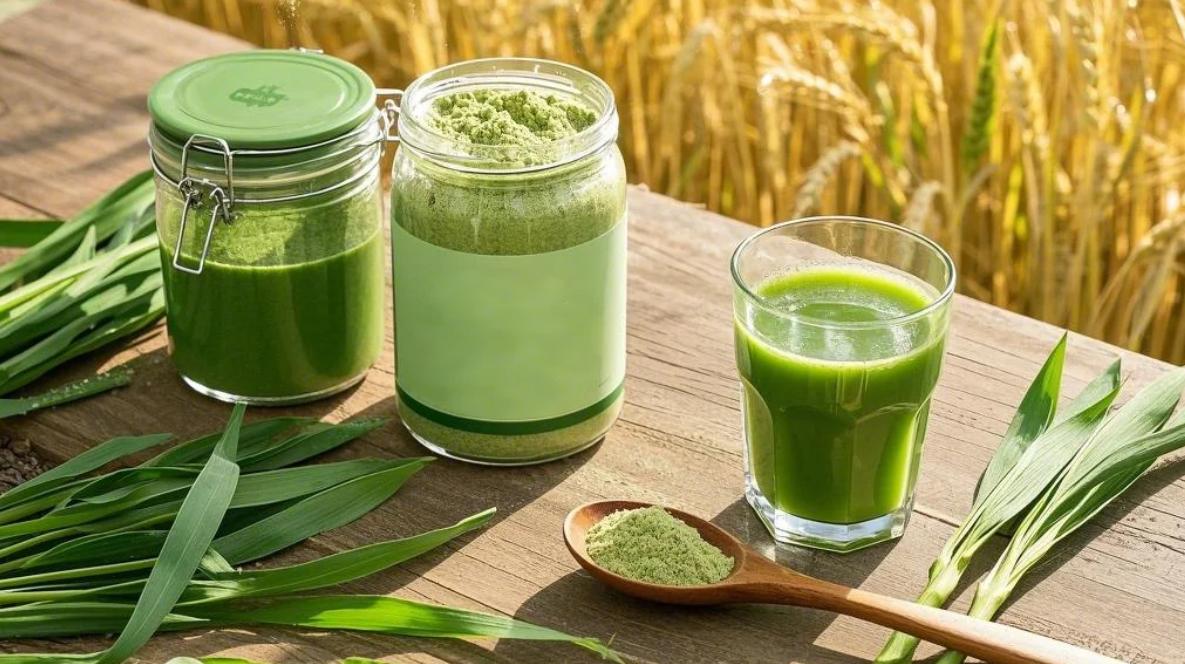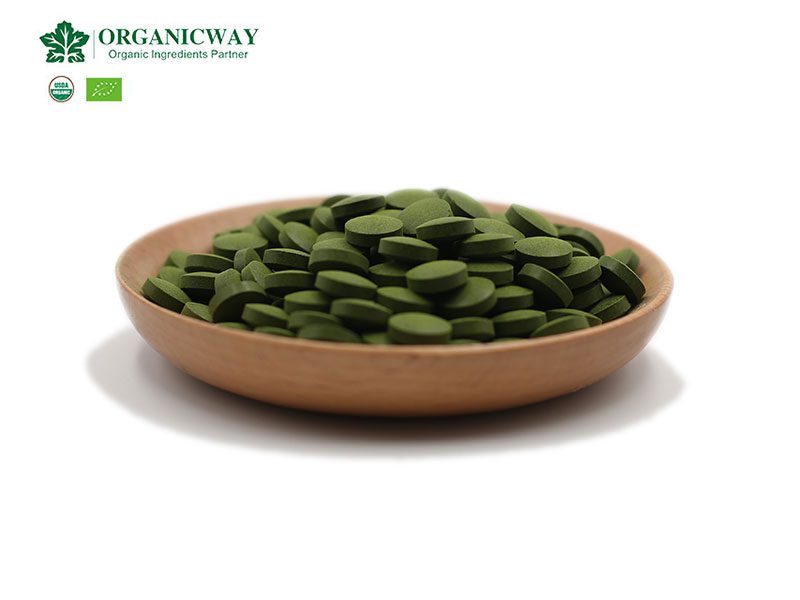Table of Contents
Allulose is a natural, low-calorie sugar substitute that has a similar taste and texture to regular sugar. It can be used to make various baked goods and desserts, such as cookies, brownies, banana bread, cheesecake, frostings, puddings, and jams. However, there are some differences between allulose and sugar that you need to be aware of when using it in your recipes. In this article, we will share some tips for using organic allulose sweetener in cooking and baking, as well as some of its benefits and potential risks.
What is allulose and why use it?
Allulose is also known as D-psicose. It is classified as a rare sugar because it is naturally present in only a few foods, such as wheat, figs, and molasses. It is chemically similar to fructose, which is found naturally in fruits, but it has a different arrangement of atoms that prevents your body from metabolizing it. This means that allulose does not contribute to your daily caloric intake or raise your blood sugar or insulin levels. It also has anti-inflammatory properties and may help prevent obesity and reduce the risk of chronic disease.
Allulose is about 70% as sweet as sugar, which is similar to the sweetness of erythritol, another popular sweetener. It has no aftertaste and provides bulk to recipes, unlike some other sugar substitutes. It also browns and caramelizes like sugar, making it ideal for creating rich and decadent desserts. It dissolves quickly, even faster than table sugar, making it perfect for drinks and cocktails. It refrigerates and freezes well, resulting in smooth and scoopable ice cream.
Because allulose is a natural sugar, it is considered organic and non-GMO. You can find organic allulose sweetener online or in some retail stores. You can also check out some easy allulose baking recipes online for more inspiration.
How to use allulose in baking
Allulose can be used as a one-to-one replacement for sugar in most recipes, but there are some adjustments you may need to make to get the best results. Here are some tips for using allulose in baking:
- Increase the amount of allulose or combine it with other natural sweeteners. Because allulose is less sweet than sugar, you may need to use more of it to achieve the same level of sweetness. Alternatively, you can combine it with other natural sweeteners, such as monk fruit or stevia, to enhance the sweetness without adding calories or aftertaste.
- Lower the oven temperature and cover the top of your baked goods. Allulose browns faster than sugar, so you may need to lower the oven temperature and cover the top of your baked goods with parchment paper or aluminum foil to prevent them from burning. For example, for cookies, you can reduce the temperature from 350°F to 300°F, and for cakes, from 350°F to 325°F.
- Add some inulin or low-carb flours to improve the texture and volume. Allulose may not provide the same texture and structure as sugar in some baked goods, such as biscotti, scones, or muffins. You can add some inulin, a soluble fiber, to improve the texture and volume of your baked goods. You can also use other low-carb flours, such as almond or coconut flour, to create a more tender and moist crumb.
- Use allulose for cheesecake, frostings, puddings, jams, and other desserts. Allulose is a great choice for making cheesecake, especially the burnt Basque style, as it creates a creamy and caramelized texture and flavor. You can use allulose as a one-to-one replacement for sugar in your cheesecake recipe and bake it at the same temperature and time as usual. Allulose also works well in making frostings, puddings, jams, and other desserts that require heating and dissolving sugar. Allulose does not crystallize like sugar, so it is easier to work with and creates a smooth and glossy finish. You can use allulose as a one-to-one replacement for sugar in these recipes and cook them at the same temperature and time as usual.
What are the benefits and risks of allulose?
Allulose has several benefits for your health and well-being, but it also has some potential risks that you should be aware of. Here are some of the pros and cons of allulose:
- Pros:
- Allulose is low in calories and does not affect your blood sugar or insulin levels, making it a good choice for people with diabetes or those who want to lose weight.
- Allulose can improve your glucose sensitivity, help you burn fat, and protect your liver from damage.
- Allulose tastes similar to sugar and has no aftertaste, unlike some other artificial sweeteners.
- Allulose is organic and non-GMO, and it is derived from natural sources.
- Cons:
- Allulose may cause digestive and abdominal side effects, such as bloating, gas, diarrhea, nausea, and decreased appetite, especially in high doses.
- Allulose is not widely available and may be more expensive than sugar or other sweeteners.
- Allulose is not approved for use in Canada or Europe, as it is considered a novel food that requires more testing.
- Allulose may interact with some medications or supplements, so you should consult your doctor before using it if you have any medical conditions or take any medications.
Allulose is a versatile and delicious sugar alternative that can help you enjoy your favorite treats without the guilt. However, you should use it in moderation and be mindful of the possible side effects. You should also read the labels of the products that contain allulose, as they may have other ingredients that may affect your health. Happy baking! 😊.

